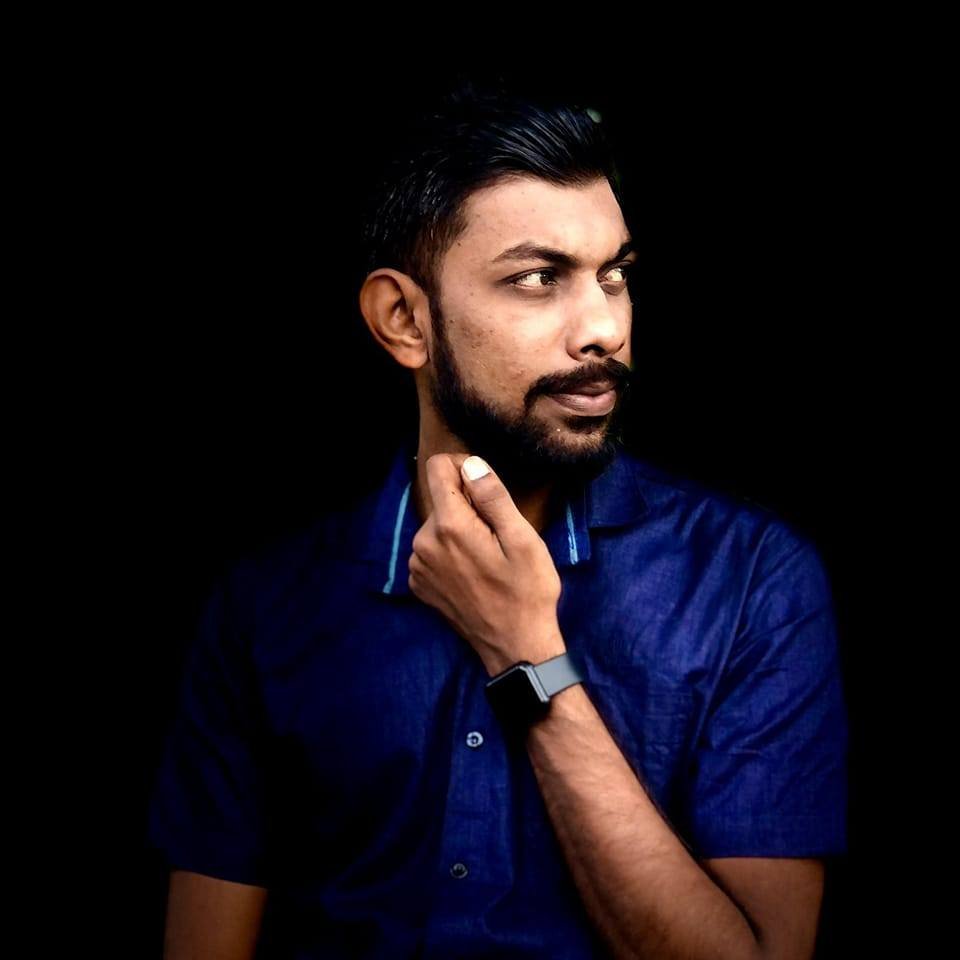
Vesak festival is the main festival of Buddhists. Pasaloswaka day of Vesak is the day on which many Buddhist nations celebrate this festival. Vesak commemorates the Buddha’s birth, enlightenment and passing away.
In Indian Mahayana Buddhist traditions, the day is called Vaishakh, a Sanskrit word similar to Vesak. The word Vesak is also the Sinhala form of the Pali word “Visakha”. The second month of the Hindu lunar calendar is called “Vaishak”. Vesak is known by many other names. They are known as Visakha Puja, Buddha Purnima or Buddha Jayanti in India, Bangladesh and Nepal, Visakha Bucha in Thailand and Phat Dan in Vietnam. Vaishakh in Indonesia, Vesak in Sri Lanka and Malaysia. Pho Dan in Chinese-speaking countries) and “Saga Dawa” in Tibet. A similar festival is held in Laos called Vikshakha Buksha. Named as Kasane is also the second month of the Myanmar calendar. Vesak is a popular holiday in many Asian countries such as Sri Lanka, Malaysia, Myanmar, Thailand, Singapore, Vietnam, Indonesia, Hong Kong and Taiwan.
Date
The exact date of Vesak varies according to the Lunar Masanukula calendar used in different traditions. In Theravada Buddhist countries that follow the Buddhist calendar, it is fixed on the fortnight. (usually the fifth or sixth lunar month) in China it falls on the first fortnight of the fourth month of the Chinese lunar calendar. According to the Western Gregorian calendar, the date varies from year to year, but usually falls in April or May.
History
It is a centuries-old tradition to hold festivals during this time in the Buddhist world. On the day of Vesak, Buddhists of various traditions around the world commemorate important events such as the birth, enlightenment and parinirvana of Gautama Buddha. Although Buddhism spread to the outside world from India, it was integrated with the cultures of those countries. As a result, Vesak festival is celebrated in different ways in different countries of the world.
Vesak Festival Traditions
On the day of Vesak, all devout Buddhists should come to their temples early in the morning and raise the Buddhist flags and chant the virtues of the Buddha, the Dhamma and chant the Vas Gathas. Devotees should bring flowers, incense sticks, candles, etc. to the Buddha. The beautiful flowers offered in this way wither in no time. Candles and incense ends. Also, these poojas are held to symbolize that life also becomes shitty and comes to an end. Devotees are enjoined to abstain from killing souls and eat vegetarian food on that day. In some countries, especially in Sri Lanka, two days are reserved for Vesak celebration. All liquor shops, slaughterhouses for meat, butcher shops, etc. will be closed during those two days by a government order. Caged sparrows are released by thousands of other animals and insects to symbolize freedom. Some Buddhist devotees wear white robes and spend the whole day in temples protecting them.
Some devotees devote themselves to spending time in a pious way by performing austerities according to Buddhist teachings and saving them daily. However, they observe additional disciplines on special days such as Sasalsavaka and Amavaka days and are disciplined to preserve modesty, austerity and morality.
In some temples, a baby Buddha is placed on a basin of water placed in front of the altar and worshipers are allowed to fill the statue with water to cover it. This is a symbol of the coming of God after the birth of the Buddha and performing divine worship.
Atasil is
- Immortality
- Not stealing
- Abstaining from adultery
- Avoid lying
- Abstaining from alcohol
- Avoid eating junk food.
- Abstaining from dancing, singing, dancing and body adornment
- Abstaining from high seats, great seats, comfortable seats, etc., is samadam.
Devotees are expected to listen to the sermons preached by the monks. On this day, Buddhist monks preach the purpose of instilling the teachings of the Buddha in the minds of the government and the people. Buddhists are taught to live in harmony and respect other religions and beliefs as taught by the Buddha.
Bringing happiness to others
Vesak celebrations also mean trying to bring happiness to the elderly, the disabled and the sick. On this day, Buddhists give monetary gifts to charities all over the country. The Vesak season is truly a time full of joy, where everyone does it willingly without forcing anyone to light up the temple grounds, paint, create and color different scenes of the Buddha figure, etc. Devout Buddhists compete with each other to provide non-vegetarian food and drink to the devotees who come to the temples to worship the Buddha.
Paying homage to the Buddha
When the Buddha was about to die, he saw Ananda Thera crying. The Buddha explained to Ananda Theru that one should not weep like that, one should understand the nature of the world and that all existing things are perishable. The Buddha warned the assembled monks not to be sad at the thought of his dying body and to concentrate on the teachings of their teacher, the Buddha. They explained that everything in the world perishes according to the doctrine of change and that the doctrine is eternal. Further, the Buddha said that one should worship oneself not only with flowers, fragrances, and lamps, but if one lives according to one’s dharma, it is one’s worship. Vesak is celebrated when one resolves to live a noble life again, develops the mind, spreads love and kindness, and shows harmony and humanity towards mankind.

SEO Expert | Web Designer | Web Developer | Content Marketing Specialist | Blogger | Freelance SEO Specialist | Digital Marketing Enthusiast





Leave a Reply